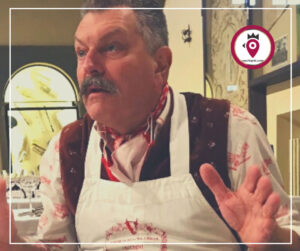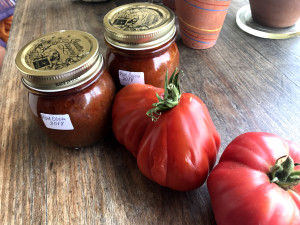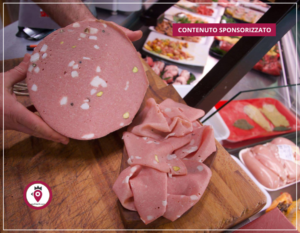Articolo disponibile anche in: Italian
Dom Pérignon is a vintage wine, which means that it is produced only in those years in which the harvest was of optimal quality.
For this reason its production is limited and the wine can be categorized in relation to the years of aging.
This is how Vintage wines are born, with an aging of seven years; the Rosé: between ten and twelve years old; the OEnothèque: 14 years; and the OEnothèque Rosé: 20 years.
Dom Perignon wines can be purchased online at various prices and from the comfort of your home.
A full story
Inside each bottle of Dom Perignon there is much more than just a fine champagne.
There is so much history and legend, philosophy of life and reality, craftsmanship and hope; in short, there is a whole hidden world that has given wine a new spirit that has not been seen since the time of Noah, that biblical character who is credited with producing the first wine after the flood.
French champagne had an almost spontaneous and fortuitous birth. Wine production in the Champagne region in northeastern France presented a serious problem for 17th-century Chefs de Caves: the product had to be consumed in the same year, because with the arrival of the warm season, the wine was bottled he seemed to go mad and exploded the bottles. There was something diabolical about this mysterious event.
The case was so serious that the production could not be sent elsewhere, because the cargo practically exploded on the roads. This led the king of France to ban it from being transported in bottles for reasons of public safety. For the marketing of this wine the only way was to transport it in barrels, with the total loss of the sparkling effect.
The madness of French wine
The reason for this wine madness was discovered much later by Louis Pasteur and his description of the natural fermentation process.
Indeed, the Champagne region, where this wine is produced, is cold and humid.
There the grapes ripen late and the harvest does not allow to complete the fermentation before winter; the process was blocked by the cold, the wine was bottled and, with the rise in temperature, the fermentation continued in the bottle, making it literally explode.
It was Dom Pierre Perignon who corrected the “problem”. The Benedictine monk, Chef de Cave of the Abbey of Hautvillers, tried to improve the quality of the wine produced in his abbey; he added several variations, tried to get white wine from black grapes and to increase production.
However, the result was the same: the bottles kept exploding in early spring.
Perignon began to use stronger bottles from England and a cone-shaped stopper used by monks in Gerona, Spain.
This modification made it possible to complete the fermentation inside the bottles without them exploding. By the end of the process, the devilishly mad wine had turned into the delicious champagne that moves the world today.
The final
Since ancient times, wine has been part of human culture, especially in relation to their relationship with the Divinity. After the advent of Christianity and the metaphor of wine as the blood of Christ, wine occupied a special place in all Catholic religious rituals. Consequently, wine production is associated with monasteries, where the monks were the Chefs de Cave.
What happened next is a mixture of history and myth that has influenced the essence of all cultures. Wine has remained unchanged throughout human history, with the exception of some wine variations produced in certain regions. In practice, nothing has changed in wine from Noah to Dom Perignon.


